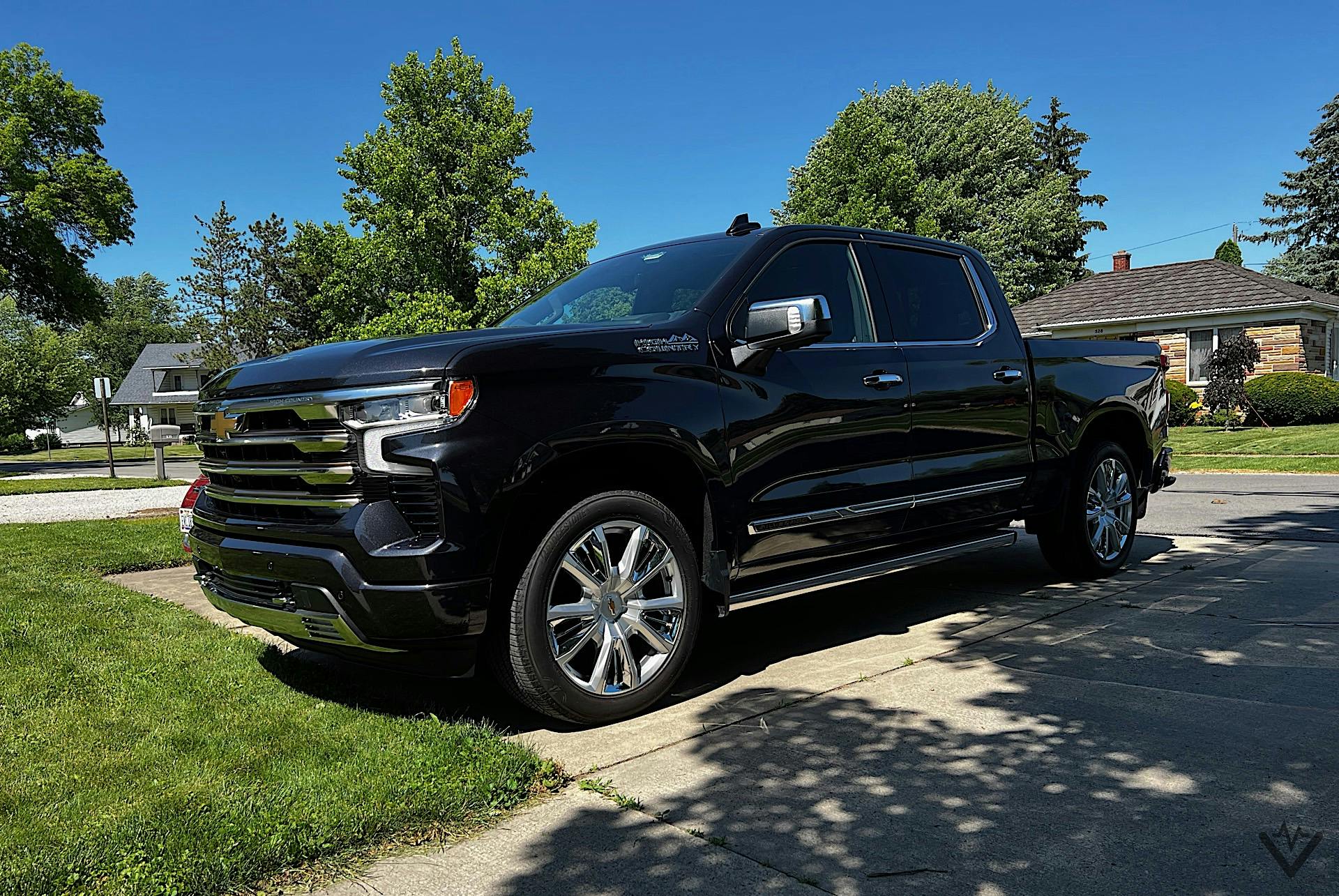Debuting on new products like the GMC Hummer EV, updated Silverado and Sierra pickups, and slowly rolling out to more and more vehicles is an updated version of Super Cruise. Super Cruise is a level 2 driver’s assist system that allows you, the operator, to use the system without your hands on the steering wheel as long as you continue to pay attention. We just spent a few hundred miles in the newest iteration, and it’s brilliant.
What is Super Cruise?
Super Cruise is a combination of an automatic lane centering assist system combined with full stop adaptive cruise control. On roads that are digitally mapped to support the system — the number miles added grows basically daily — the system takes over steering and speed. You can then remove your hands from the steering wheel, while a sensor watches you to make sure you pay attention, and you can have a more relaxing journey.
What’s in the new Super Cruise?
The biggest change for the updated system is that it will automatically perform lane changes. If you approach a slower vehicle, the system will turn on the appropriate indicator automatically, use the radars and cameras on the vehicle to look for an opening, and if the opening is clear automatically change lanes.
After completing the overtake, the system will indicate again and return to the original lane. It has lane discipline that many American vehicle drivers simply don’t have.
If you want, you can tap the indicator stalk while Super Cruise is enabled and ask the system to change lanes whenever you want to. If you’re coming up on a car quite quickly, signaling in advance can help make a smoother transition.
Our drive
I drove from my house to a restaurant in South Bend, Indiana in a 2022 Chevrolet Silverado equipped with the updated Super Cruise. This High Country spec truck had a 6.2-liter V8 that returned about 18 mpg, which is not good, but the bigger point of the truck loan was to try Super Cruise.
This version of Super Cruise is on the Hummer EV and EV SUV. It will be on the Silverado EV. It’ll be on the Sierra EV. It’s going to be on nearly every new EV coming from General Motors, so it makes sense to get a taste now.
Interstate 80 and Interstate 90 combined as they go through Ohio and Indiana, and the entire way is digitally mapped for Super Cruise.
With a simple press of the lane centering button on the steering wheel, the steering wheel itself has an LED that turns green and the system takes over. Remove your hand from the wheel and you’re all set.
In normal traffic, the system works nearly flawlessly. It approaches vehicles and lane changes as you’d expect. In fact, it changes lanes smoother and more predictably than the last time we experience Tesla’s Navigate on Autopilot function, and you don’t have to have a navigation destination set.
It will recognize when you enter a work zone, and the system will continue to work. It won’t automatically lane change in a work zone, but otherwise it works as you’d expect it to. A message pops up on the instrument cluster reminding you you are in a work zone and to take more care, but the system continues to work.
In a sudden downpour of rain, the system worked longer than some other adaptive cruise systems I’ve used will work (I’m looking at you, Toyota), and only gave up when you could barely see just feet in front of the truck. In that situation, you should be in control and the system makes you do just that.
In stop and go traffic it’ll putter along nicely, and will even look for gaps in traffic to move you to a quicker lane. Surprisingly, in just such a situation, the truck lane changed into a lane that ultimately was quicker over all, but at the time it made the change it felt like the beginning of the movie Office Space. I can’t believe it knew that lane would be quicker overall, but it did make the smart choice.
The only thing that Navigate on Autopilot does better is that when you approach an off-ramp, Super Cruise doesn’t put you into the exit lane and take you down the ramp. Otherwise, Super Cruise is superior in every way.
Compared to a recent experience with Ford’s BlueCruise, the updated Super Cruise feels like a truly next-generation product. Not once did Super Cruise accuse me of not paying attention when I was, unlike BlueCruise, but would also let me drink from a water bottle without freaking out.
There are no photos of the system working because it’s also unsafe to take photos while driving (and I didn’t have someone with me), but also as soon as you look at your phone the system warns you to put it away or Super Cruise will disengage. If you have too many driver-induced disengagements, the system disables until you stop and power cycle the ignition.
There was only one time where I had to take over and prevent Super Cruise from making a mistake. It looked for an opening for a lane change, and since a vehicle next to me didn’t set off the blind spot monitor, Super Cruise thought nothing was there. It said it was looking for an opening and then started the lane change. I intervened and everything was fine. In fact, that’s why the system tells you you need to pay attention. It’s a driver’s assist system at the end of the day; you need to always be ready to take over.
But unlike any system I’ve ever driven — including Navigate on Autopilot, BMW’s highway assistant, and even Ford’s BlueCruise — Super Cruise is next level.
I don’t think could buy a new car without it.

